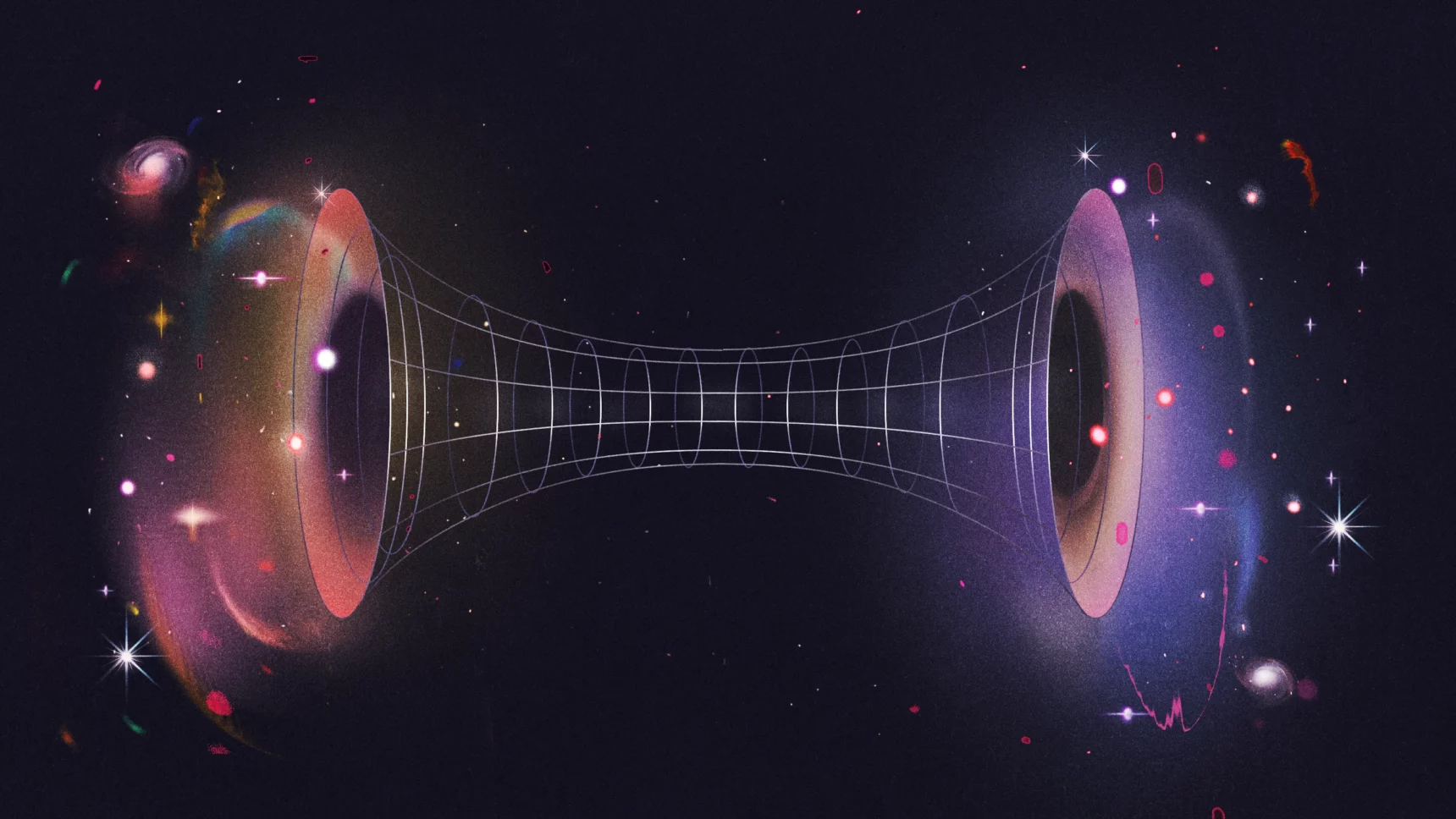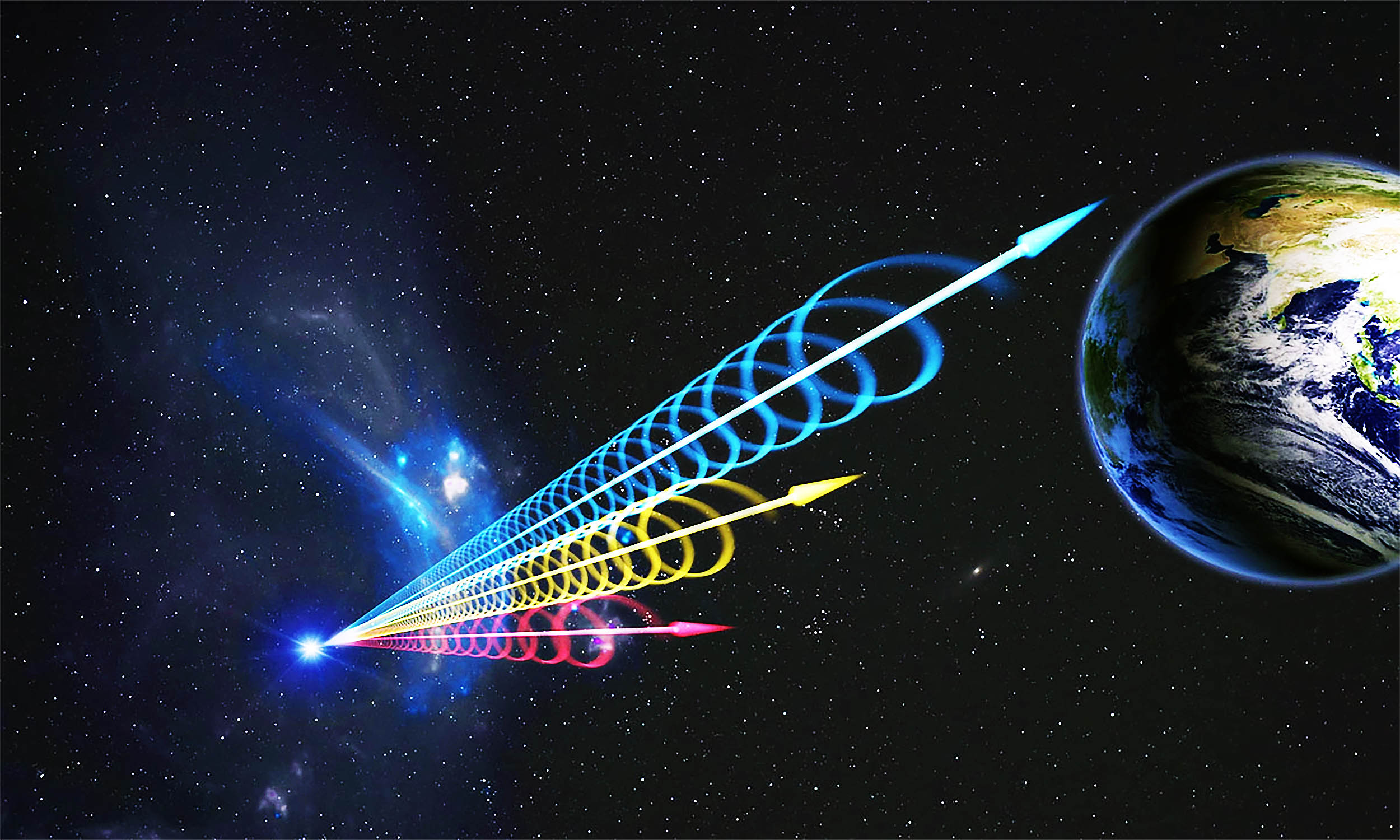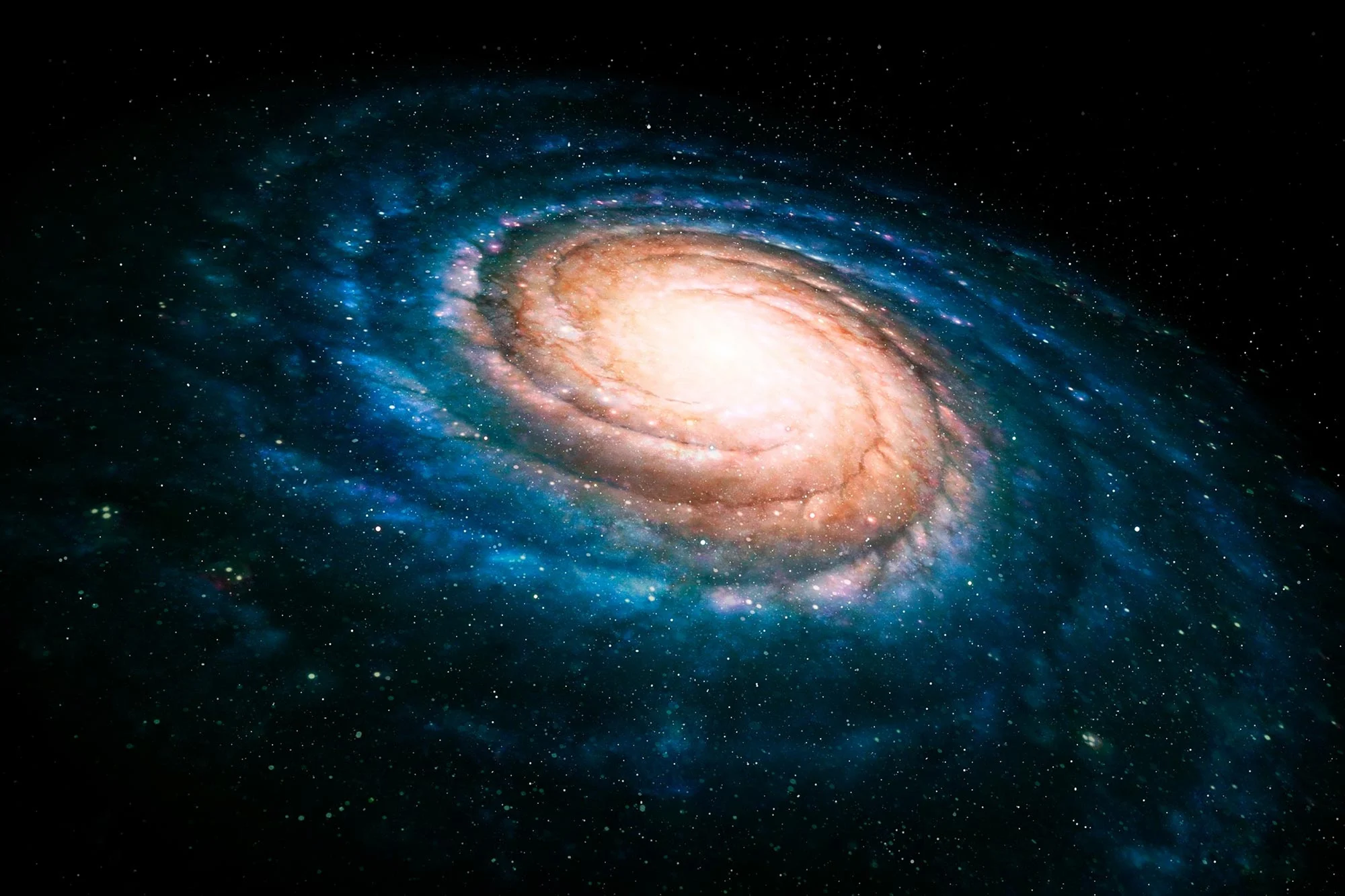TL;DR
Researchers propose that wormholes, theoretical space-time shortcuts, could allow faster-than-light communication via light pulses. While wormholes are known to collapse too quickly for anything to pass through, new calculations suggest that if the wormhole’s throat is much longer than its opening, it could naturally generate negative Casimir energy. This would slow the collapse enough for light to travel through, potentially sending messages through time. However, this negative energy isn’t strong enough for full stabilization, and further research is required to see if practical communication can be achieved.
_________
A long, slender wormhole might function like an unusual optical fibre, allowing messages to be transmitted through time via light pulses.
Wormholes, as predicted by Einstein’s general theory of relativity, are theoretical tunnels connecting two points in space-time. If anything could travel through them, it could lead to fascinating possibilities, including time travel and instantaneous communication.
However, there’s a significant challenge: Einstein’s wormholes are highly unstable and close too quickly for anything to pass through. In 1988, Kip Thorne from the California Institute of Technology, along with his colleagues, hypothesized that wormholes might be held open using a type of negative energy called Casimir energy.
Quantum mechanics suggests that space-time’s vacuum is filled with random quantum fluctuations, creating waves of energy. Now, if two metal plates were placed parallel in this vacuum, some energy waves would be too large to fit between them, resulting in less energy between the plates than outside them. This situation creates an area of negative energy in space-time between the plates.
Slow Collapse
Previous theoretical attempts to use these plates to stabilize wormholes have been unsuccessful. But Luke Butcher at the University of Cambridge may have discovered a new approach.
“What if the wormhole itself could act like the plates?” he asks. In other words, could the tube-like structure of the wormhole naturally generate Casimir energy under specific conditions? His calculations reveal that if the wormhole’s throat is significantly longer than the width of its opening, Casimir energy does indeed form at its center.
“Sadly, this energy isn’t strong enough to fully stabilize the wormhole; it will still collapse,” Butcher explains. “However, the presence of negative energy means the collapse happens very slowly.” Preliminary calculations suggest that the wormhole’s core could stay open long enough for a light pulse to pass through.
Since a wormhole acts as a shortcut through space-time, sending a light pulse through one could enable faster-than-light communication. Additionally, since the two ends of a wormhole can exist at different points in time, theoretically, a message could be sent back in time.
Butcher warns that more research is required to verify whether other parts of the wormhole, aside from its center, would stay open long enough for light to fully traverse it. He also needs to determine whether a light pulse strong enough to carry meaningful information could pass through the gradually collapsing wormhole. And of course, translating these theoretical equations into a practical object remains far off.
“Does this mean we’re ready to build a wormhole?” asks Matt Visser from Victoria University of Wellington, New Zealand. “The answer is still no.” Nonetheless, he finds Butcher’s work intriguing, adding, “From a physics perspective, it might rekindle interest in wormholes.”
Reference: arxiv.org/abs/1405.1283v1




